25 Mind-Blowing Marijuana Facts & Cannabis Myths Debunked (2025 Guide)
Introduction: Beyond the Haze - Unveiling the Truth About Cannabis
Cannabis. Marijuana. Weed. Whatever you call it, this plant is steeped in history, controversy, and surprisingly, a lot of misinformation. For decades, perceptions have been shaped by stigma rather than science. This listicle dives deep, cutting through the noise to reveal 25 fascinating marijuana facts and debunk popular cannabis myths. Prepare to have your understanding of weed transformed. Let's explore what's *really* true about this complex plant.
Fact 1: Cannabis Isn't Originally From Mexico
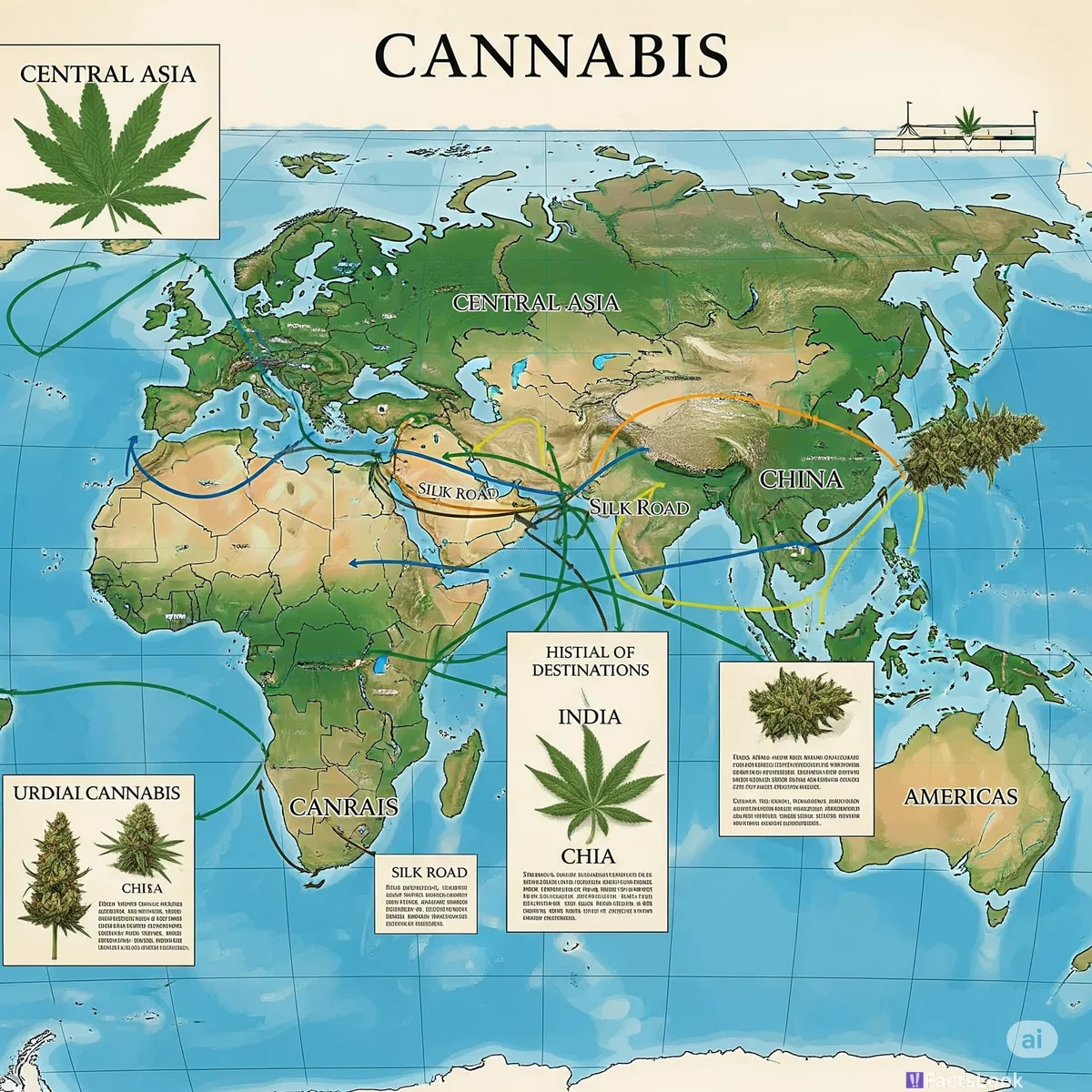
While often associated with Mexican culture, cannabis actually originates from Central Asia. Archaeological evidence suggests its use dates back as far as 5000 BC in Siberia and the Taiwanese region. From there, it spread across the globe thanks to migrating tribes and trade routes. The association with Mexico arose later, primarily due to the plant’s use in folk medicine and recreational purposes there during the early 20th century.
Fact 2: The First Cannabis Law Banned *Cultivation*, Not Use
In 1619, Jamestown, Virginia, enacted the first cannabis law in the United States. However, it didn’t outlaw consumption; it *compelled* farmers to grow hemp for export. Colonial economies relied on hemp for rope, sails, and textiles. The law underscored the plant’s economic value, demonstrating its long-standing importance before recreational or medicinal use.
Fact 3: Cannabis Was a Common Ingredient in Early Medicines
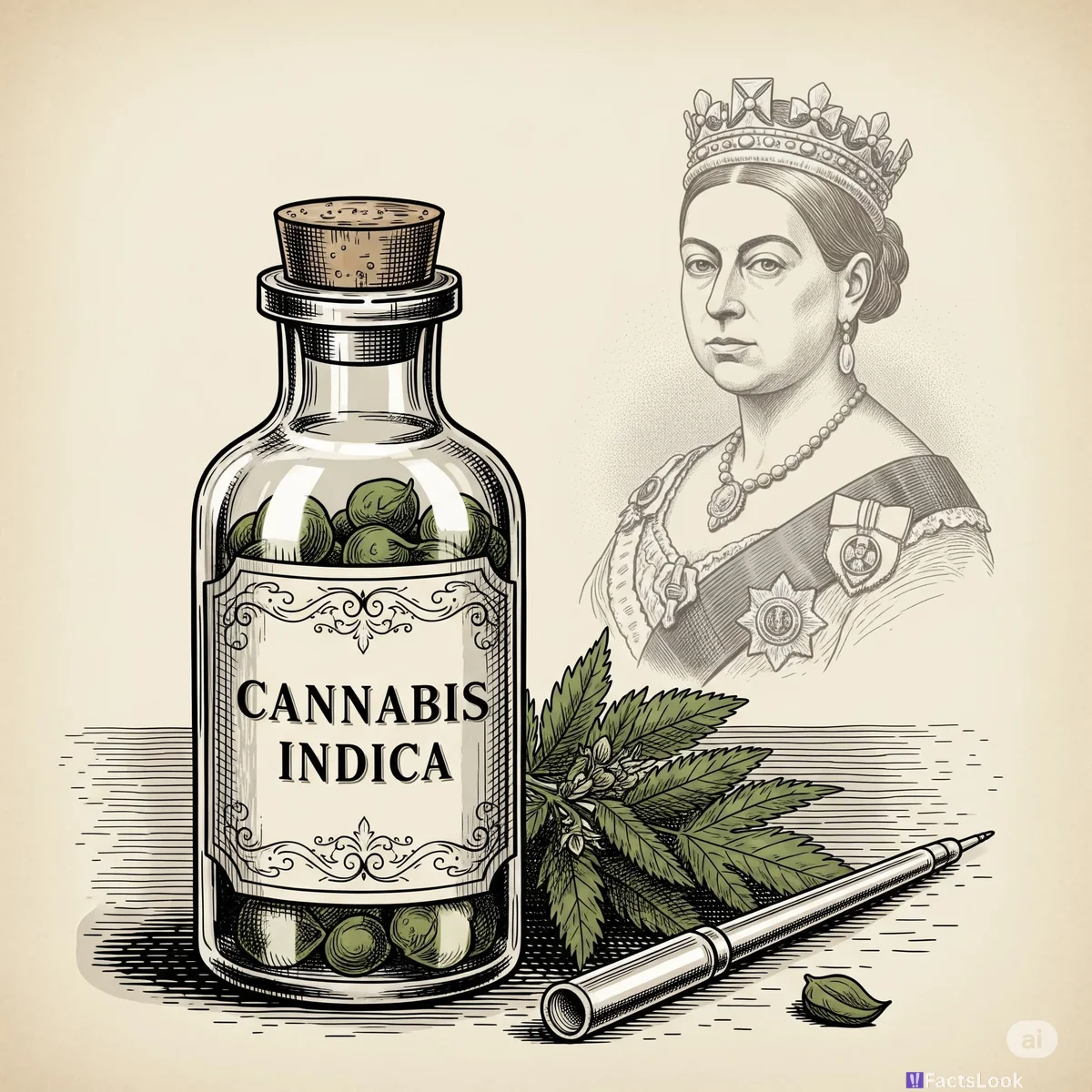
Queen Victoria reportedly used cannabis to alleviate menstrual cramps in the mid-19th century. Cannabis tinctures were included in the U.S. Pharmacopeia from 1850 to 1942, prescribed for various ailments including pain, inflammation, and muscle spasms. This demonstrates a historical acceptance of cannabis as a legitimate therapeutic agent.
Fact 4: Male vs. Female Cannabis Plants - A Key Difference
Female cannabis plants produce the resinous buds we commonly associate with marijuana, containing high levels of THC. Male plants are needed for pollination but *don't* produce potent buds. Growers often remove male plants to prevent pollination, maximizing bud size and THC concentration. Understanding this difference is crucial for cultivation.
Fact 5: Cannabis Has Over 113 Cannabinoids
THC and CBD are the most well-known, but cannabis contains over 113 different cannabinoids. Each interacts with the human body’s endocannabinoid system in unique ways, offering varying effects. Research is ongoing to fully understand the potential benefits of these lesser-known cannabinoids, like CBG and CBN.
Fact 6: The ‘Entourage Effect’ – It’s More Than Just THC
The ‘entourage effect’ suggests that cannabinoids work synergistically – meaning their combined effect is greater than the sum of their individual effects. Terpenes, flavonoids, and other compounds contribute to this effect, enhancing and modifying the experience. This highlights the importance of whole-plant cannabis.
Fact 7: Cannabis Doesn't Cause Physical Addiction (Generally)
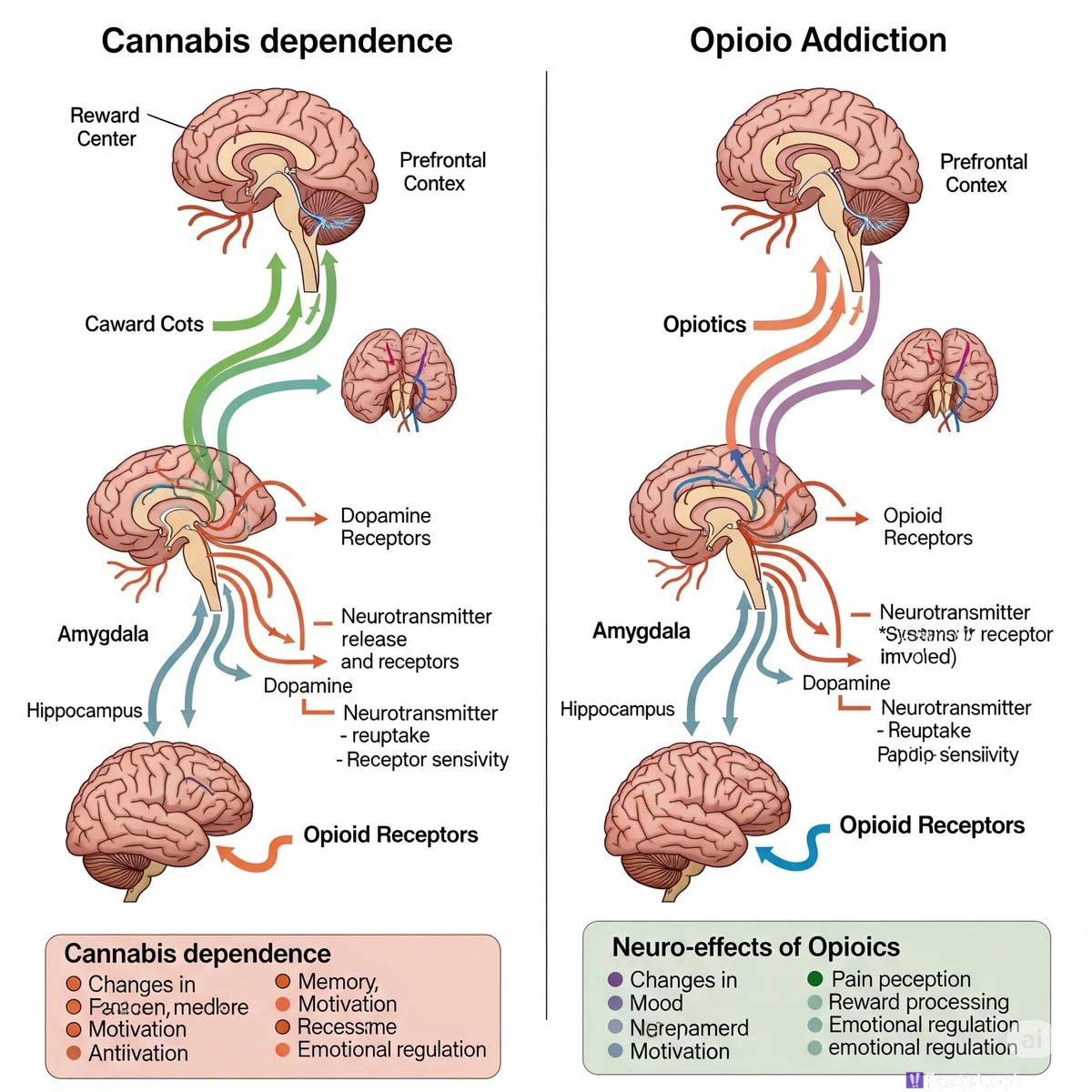
Unlike opioids or alcohol, cannabis is not generally considered to cause physical addiction with dangerous withdrawal symptoms. Psychological dependence is possible, but it differs from physical addiction where the body relies on the substance to function normally. However, heavy, prolonged use can lead to Cannabis Use Disorder in some individuals. [Source: National Institute on Drug Abuse: https://www.drugabuse.gov/publications/research-reports/marijuana]
Fact 8: The Highest Recorded THC Level is Surprisingly High
While average THC levels have risen over time, the highest recorded THC content in cannabis flower reached over 37% in 2023. This underscores the increased potency of modern cannabis strains and the importance of responsible consumption. This potency isn’t uniform across all products and varies widely depending on strain and cultivation.
Fact 9: Cannabis Legalization Doesn't Necessarily Lead to Increased Crime
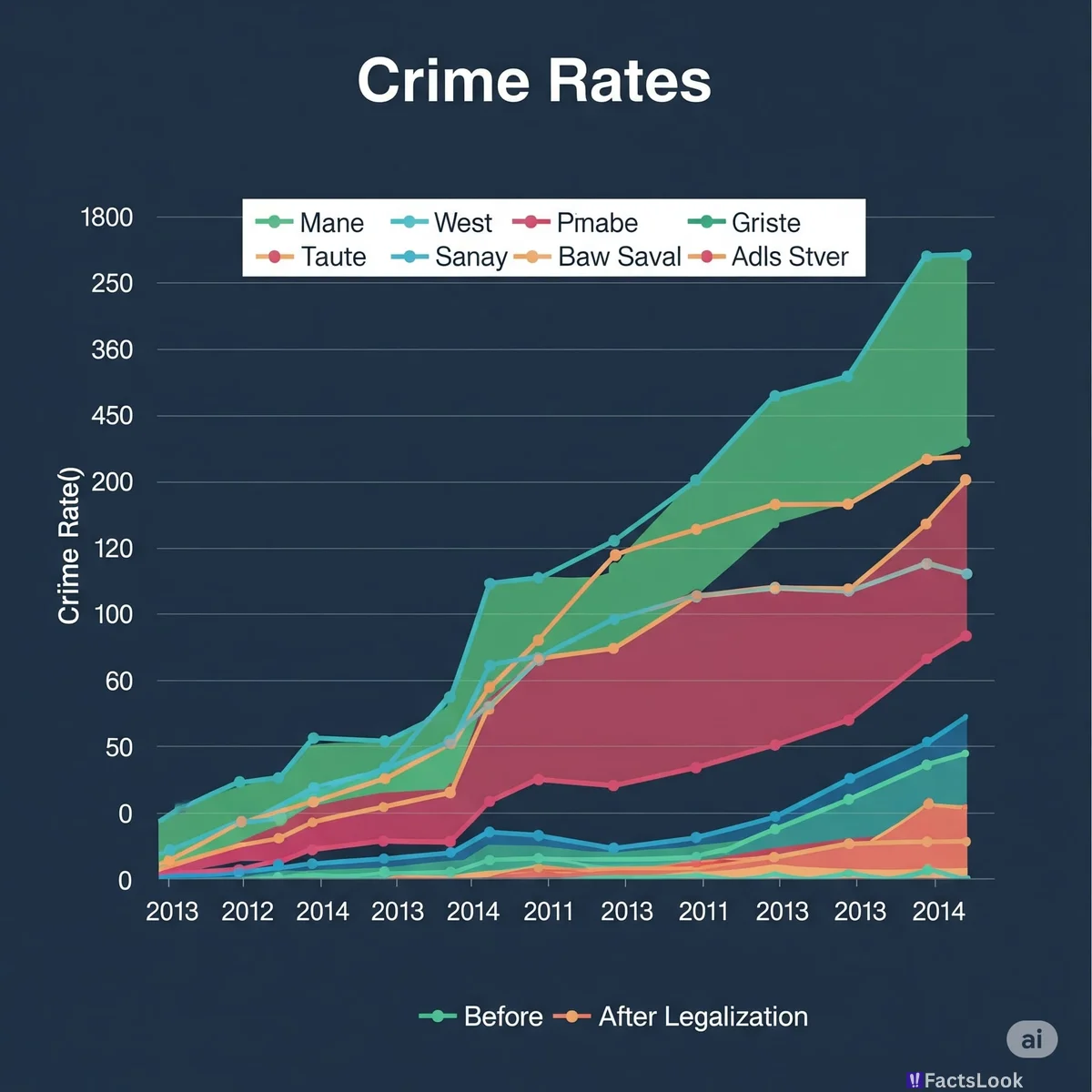
Studies on state-level cannabis legalization haven't consistently shown a spike in violent or property crime. Some studies suggest a *decrease* in certain types of crime. The impact on crime rates is complex and influenced by numerous factors beyond legalization. [Source: Cato Institute: https://www.cato.org/policy-analysis/does-marijuana-legalization-increase-crime]
Fact 10: CBD is Different Than THC - It’s Non-Psychoactive
Cannabidiol (CBD) is a cannabinoid found in cannabis that doesn’t produce the “high” associated with marijuana. It interacts with the endocannabinoid system differently than THC, offering potential therapeutic benefits like reducing anxiety and inflammation without intoxicating effects.
Fact 11: Hemp Was Used to Make Early Versions of Plastic
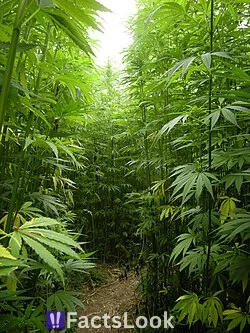
Henry Ford experimented with using hemp fibers to create a more sustainable alternative to plastic for automobile manufacturing in the 1940s. He even built a car entirely from hemp and soybean materials! While this didn't become widespread, it showcases hemp's versatility as a raw material.
Fact 12: Cannabis Smoke Contains Similar Compounds to Tobacco
While cannabis itself isn't inherently harmful to the lungs in the same way tobacco is, cannabis smoke *does* contain some of the same carcinogenic compounds as tobacco smoke. This is due to the combustion process, and alternative consumption methods (like vaping or edibles) may reduce exposure to these carcinogens.
Fact 13: 'Marijuana' Has a Surprisingly Racist Origin

The term 'marijuana' gained prominence in the early 20th century and was intentionally used as a racial slur to demonize Mexican immigrants and associate cannabis with a specific ethnic group during anti-immigrant sentiment. Before that, ‘cannabis’ and ‘hemp’ were the common terms.
Fact 14: Some Animals Have Endocannabinoid Systems
Humans aren’t alone in possessing an endocannabinoid system! Mammals, birds, reptiles, and even fish have ECSs. This suggests a fundamental biological role for cannabinoids throughout the animal kingdom and opens up avenues for veterinary cannabis research.
Fact 15: Edibles Take Longer to Kick In Due to Metabolism
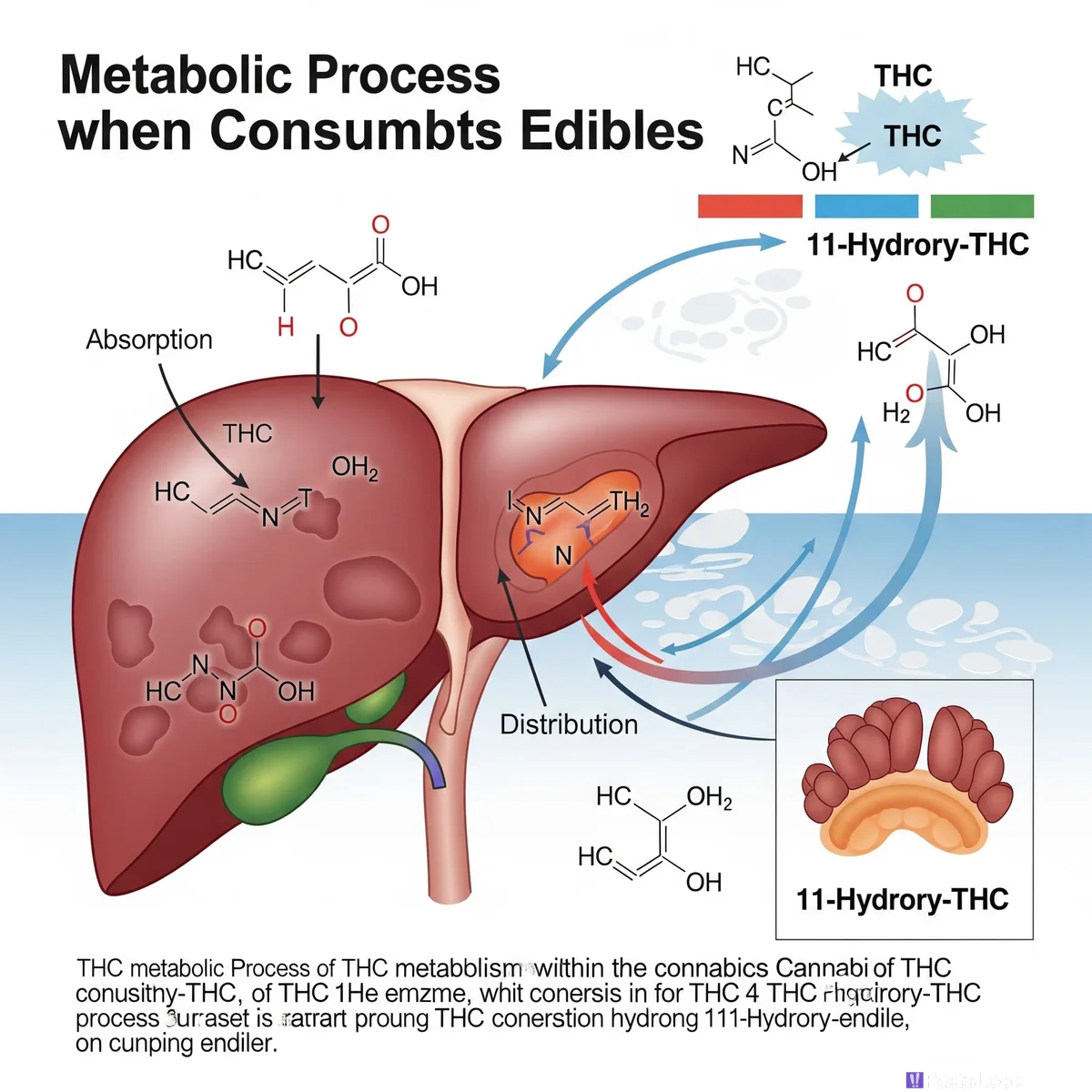
When you eat cannabis, it’s metabolized by the liver, converting THC into 11-hydroxy-THC – a more potent form. This process takes longer than inhaling, resulting in a delayed onset of effects (30 minutes to 2 hours). This is why 'start low and go slow' is crucial with edibles.
Fact 16: Cannabis Can Reduce Glaucoma Symptoms
Cannabis can effectively lower intraocular pressure, a major risk factor for glaucoma. While it doesn't cure the disease, it can offer temporary symptom relief. However, due to its short-acting effects, it isn't the primary treatment. [Source: American Academy of Ophthalmology: https://www.aao.org/eye-health/treatments/marijuana-glaucoma]
Fact 17: Hemp Seeds are a Complete Protein Source
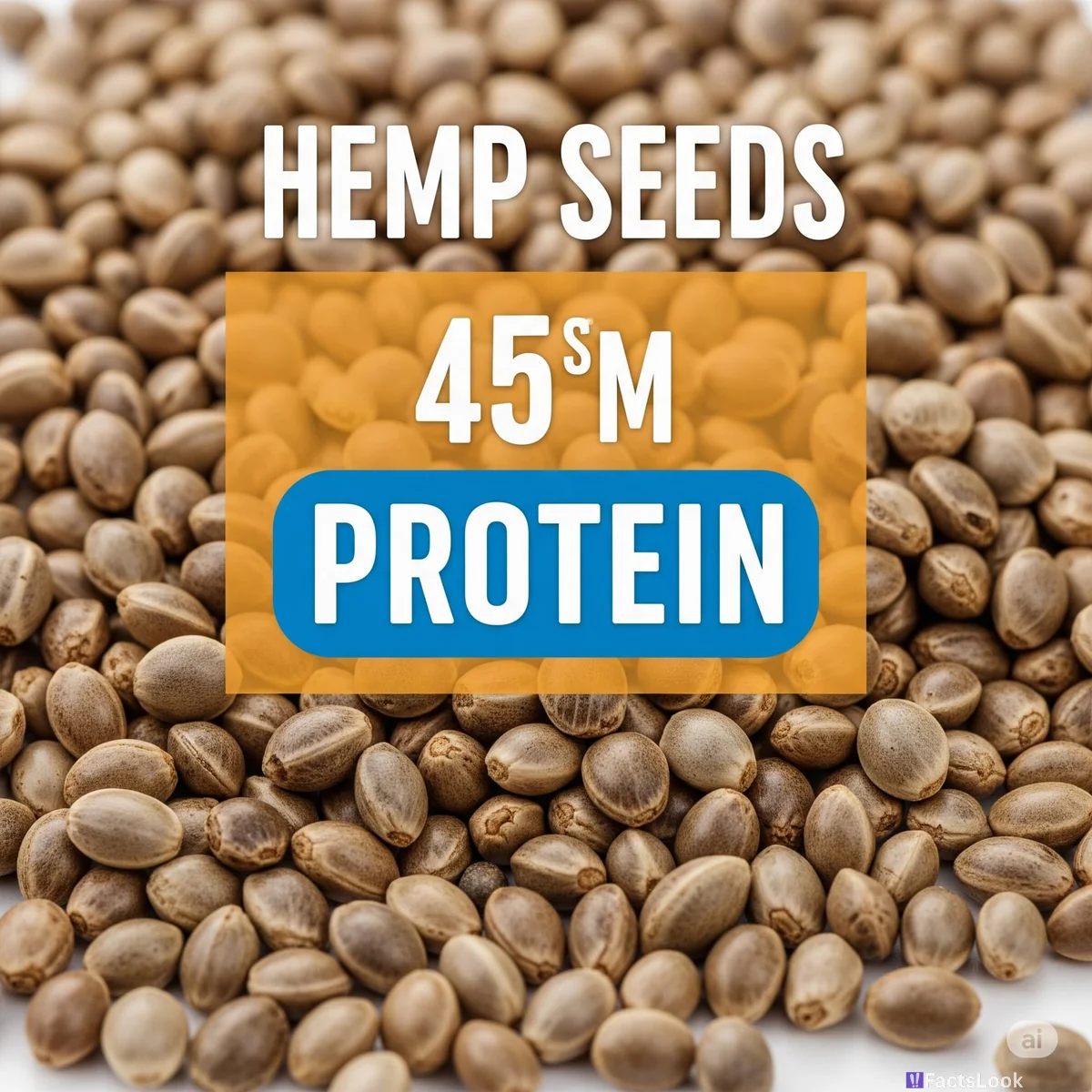
Hemp seeds are a nutritional powerhouse, containing all nine essential amino acids, making them a complete protein. They're also rich in omega-3 and omega-6 fatty acids, fiber, and vitamins. They have a nutty flavor and are versatile in cooking and snacking.
Fact 18: Cannabis and PTSD: Promising Research
Studies suggest that cannabis, particularly CBD, may help reduce symptoms of post-traumatic stress disorder (PTSD). It’s theorized cannabinoids can interact with the brain regions involved in fear and anxiety regulation. However, more research is needed and it's not a one-size-fits-all solution.
Fact 19: Different Consumption Methods Change the Experience
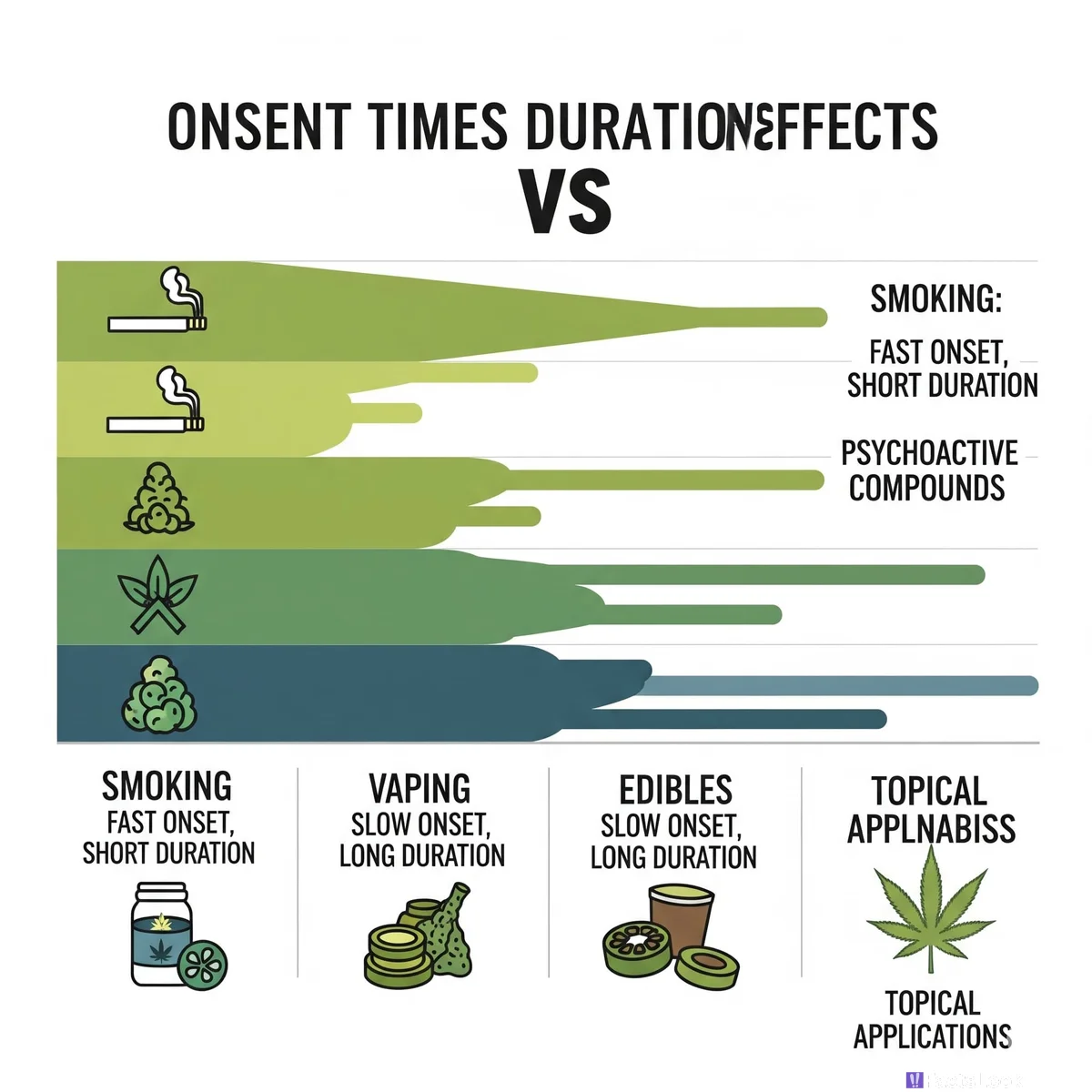
Smoking or vaping cannabis delivers THC quickly, resulting in a rapid, intense high. Edibles create a slower, more prolonged, and often more potent effect. Topical applications aim for localized relief without psychoactive effects. Choosing a method depends on desired effects and tolerance.
Fact 20: The First Cannabis Café Opened in Amsterdam in 1975
The Bulldog, founded in 1975, is widely recognized as the first officially licensed cannabis café, or 'coffeeshop,' in Amsterdam. It played a pivotal role in establishing the city's unique cannabis culture and laid the groundwork for regulated cannabis sales within a controlled environment.
Fact 21: Cannabis Can Be Used for Sustainable Building Materials

Hempcrete – a concrete alternative made from hemp hurds, lime, and water – is a sustainable and eco-friendly building material. It's lightweight, breathable, fire-resistant, and offers excellent insulation. Hempcrete also absorbs carbon dioxide during its growth, making it carbon-negative.
Fact 22: Myth: Marijuana is a Gateway Drug
The 'gateway drug' theory lacks conclusive evidence. Correlation doesn't equal causation. People who use cannabis may be more likely to try other substances, but that's often due to underlying factors like socioeconomic status or predisposition to risk-taking behavior, not the cannabis itself.
Fact 23: Myth: Cannabis Kills Brain Cells
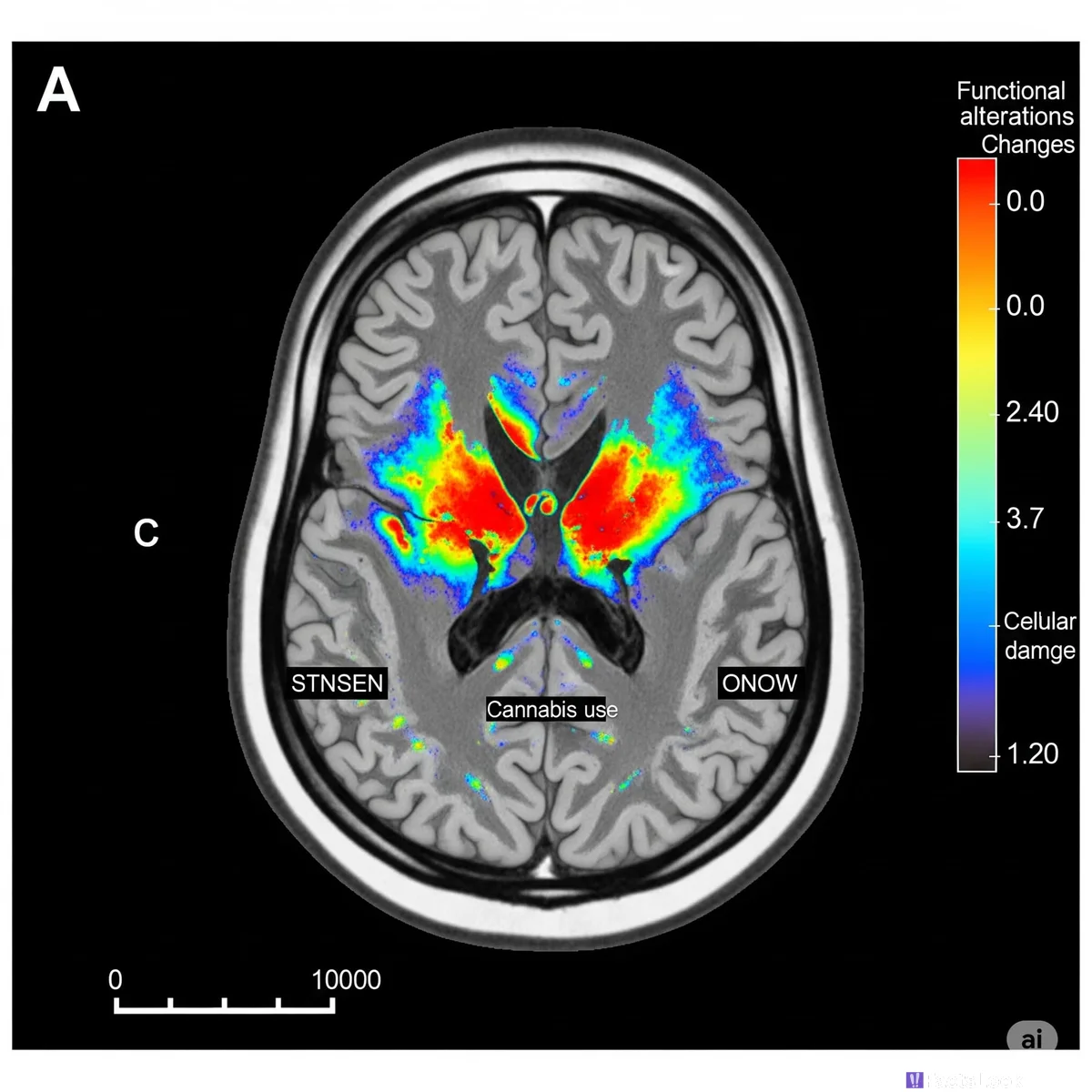
Recent research has largely debunked the myth that cannabis directly kills brain cells. While heavy, long-term cannabis use can affect brain *function* and development (particularly in adolescents), it doesn't cause widespread neuronal death.
Fact 24: Myth: You Can Overdose on Cannabis
It's virtually impossible to fatally overdose on cannabis. The plant has a very high therapeutic index – meaning you’d need to consume an unrealistically large amount to experience life-threatening effects. While unpleasant side effects like anxiety or paranoia are possible, they aren't fatal.
Fact 25: Conclusion: A Plant Deserving of Continued Study

Cannabis is a complex plant with a rich history and a fascinating future. Separating fact from fiction requires ongoing research and open-minded exploration. As the legal landscape evolves, understanding the true nature of cannabis – its benefits, risks, and potential – is crucial for informed decision-making and responsible use.
Comments
Loading comments...